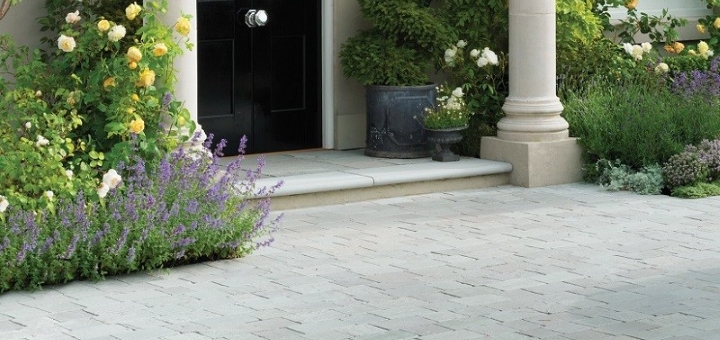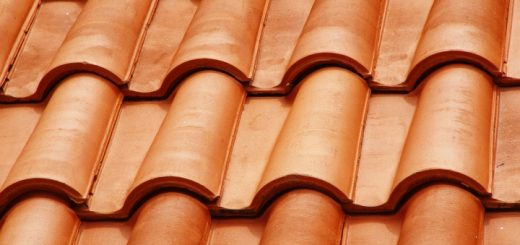Choosing the best garden paving for your property

National Gardening Week took place earlier in April, so now is the perfect time to get outside and do some renovation work in the garden.
When redesigning your garden, there is so much to think about, which is both a blessing and a curse! Although variety is great, too much choice can be overwhelming. So, designing your new garden requires a great deal of planning and research in order to get the best results.
Garden paving is a prominent feature which you’ll need to think about — and choosing the best garden paving can be a tough challenge. There are a number of factors which contribute to your decision, like the size of your garden, what you get up to in it and the surrounding area. With multiple shapes, sizes and colours, choosing garden paving is no simple task.
However, the right paving can truly transform an outdoor space and create a garden haven which you’ll love spending time in. Here are some ways to narrow down your choices and find the best garden paving for your property.
Find the purpose of your garden
Before looking at the choices available, you need to think about what the purpose of your garden is. Do you throw a lot of parties? Is it your relaxing place when the sun is out? Is it predominantly a play area for the children?
You need to determine this to find out which paving is best. Driveway paving always requires a minimum thickness of 40 mm to withstand the weight of vehicles. Paving for the garden can be thinner, but if you have high footfall or lots of garden furniture, you’ll still want something sturdy.
The purpose of your garden can also affect the colour. White garden paving stones might look bright and wonderful at first, but animals, children and wearability can change that over time.
Which colour and size match the surrounding area?
The purpose is important when choosing garden paving, but so are the aesthetics. Naturally, you want your garden to look nice, so you can enjoy relaxing in it and feel confident when guests are around. The size and colour of the stone will have a large impact on the look of the garden.
Much like choosing the right roofing for your property (which we wrote about last year), the colour and brick of your house should complement the garden paving. Is your house modern or more traditional? Choose paving which works well with the style of your home. Neutral and natural colours are often the best choices.
Popular garden paving
Generally speaking, smaller outdoor spaces look better with smaller garden paving slabs. Large block paving can often be too much for a small space. Paving comes in a variety of thickness, colours and durability types, though many opt for natural stones. Below are a few popular choices:
- Sandstone: Sandstone paving is the go-to garden paving option for many as it comes in a variety of colours and sizes, plus it’s durable and slip-resistant. There are many different types of sandstone paving, but if you’re looking for something unique, Indian sandstone paving comes in three different tones, meaning you can add some creativity and variety to the garden.
- Limestone: Limestone comes in grey and soft brown colours. This kind of paving offers the beauty and quality of natural stone but it’s also very easy to cut if your garden is an unusual shape.
- Granite: This is one of the most expensive types of garden paving, but it’s also one of the strongest and most durable types of paving stone around. If you’re looking for a real investment in a garden which will last you a lifetime, granite is worth the higher price tag.
What to do next?
If you’ve decided to renovate your garden and thought about the design and purpose, now it’s time to determine your budget. Prices vary from stone to stone, meaning you need to decide how much you want to invest in your garden paving. If you want something which will last, spending a little more money can be worthwhile. However, even on a budget, there are some excellent choices.
Browse online at the different garden paving options that are available. If you want to explore different textures, visit your local supplier. Take some samples back to your garden and place them down to see which you prefer and what complements your house the most.
Above all, though, the most important thing is to take your time. Look online for inspiration and think about the final look you want your garden to have. Trust us: it’ll be worth your while!







